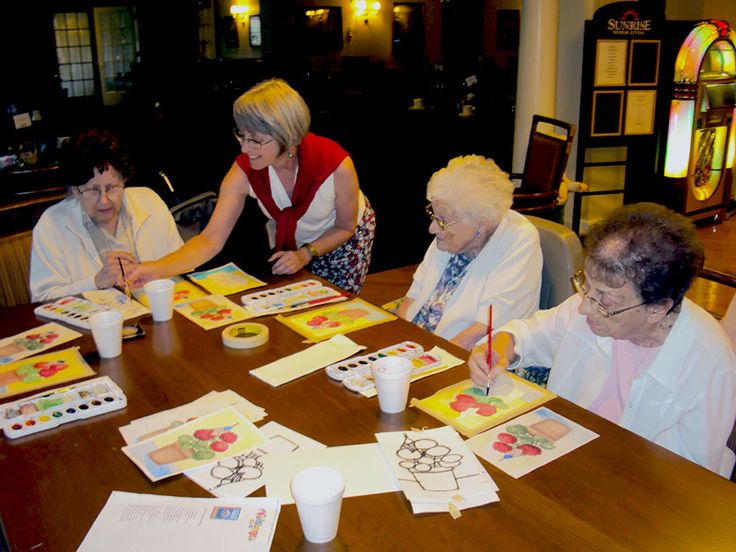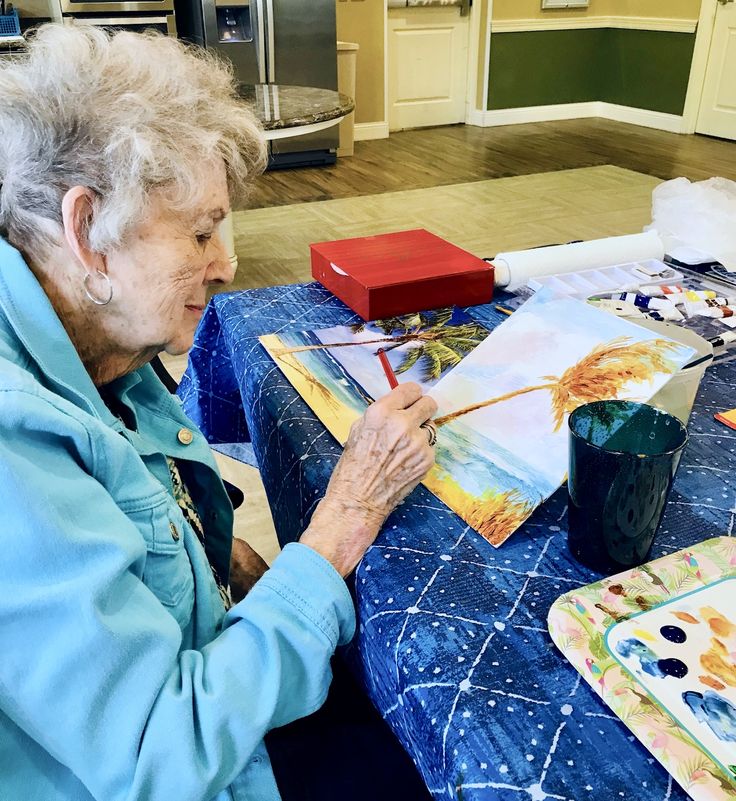
Art Therapy For Healthy Aging, Picture this: Margaret and John, two friends in their late 70s, couldn’t have a more different view of getting older. Marge paints first thing in the morning and takes a pottery class once a week as ways to express herself.
On the other hand, John would much rather watch TV than do anything that makes him think or feel something. John is having a hard time with memory loss and being alone, while Margaret is still smart, busy, and friendly. What does Margaret want to hide? Artists.
To age well, it’s more important to keep your mind sharp, your emotions in check, and your body busy every day than to spend a lot of money on biohacking trends or pricey pills.
In addition, art therapy is a strong tool that doesn’t get enough attention.
Making people happier, healthier, and more physically fit through art has the ability to increase their life span. We could talk about how to include it in your life or the lives of people you care about.
Art Therapy For Healthy Aging, Wrinkles and gray hair are merely the beginning of aging; the real challenge is maintaining peak mental and physical health for as long as feasible.
Creativity has several health benefits, including a reduced risk of cognitive decline, less stress, and even aid in the management of chronic diseases such as Parkinson’s and arthritis, according to research. Older persons’ mental health and cognitive abilities were both improved by engaging in artistic pursuits, according to a 2014 study in the Journal of Aging Studies.
When we engage in artistic pursuits, we engage many parts of the brain, including the hippocampus (important for memory) and the prefrontal cortex (for decision-making). Additionally, it stimulates the production of dopamine, a neurotransmitter associated with motivation and pleasure. That is to say, creating art isn’t merely enjoyable; it is a biological force that promotes brain health.
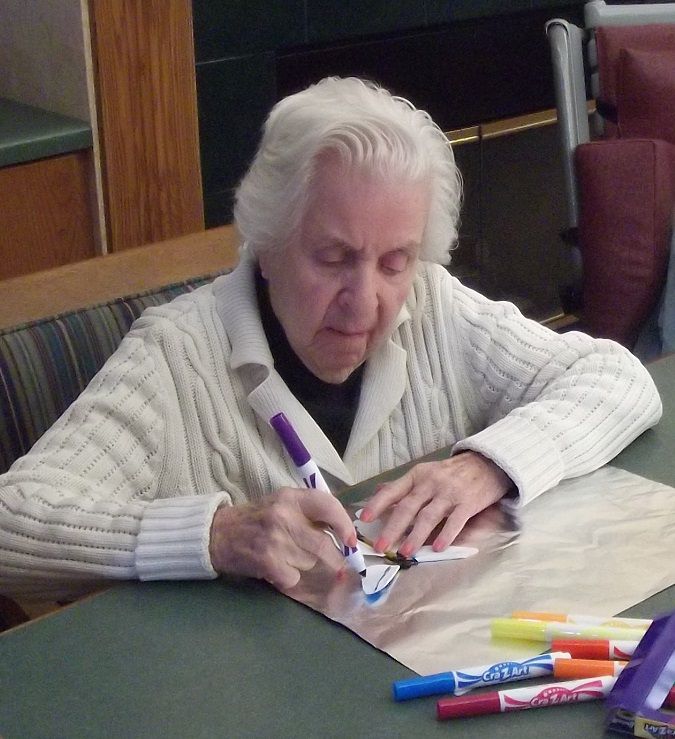
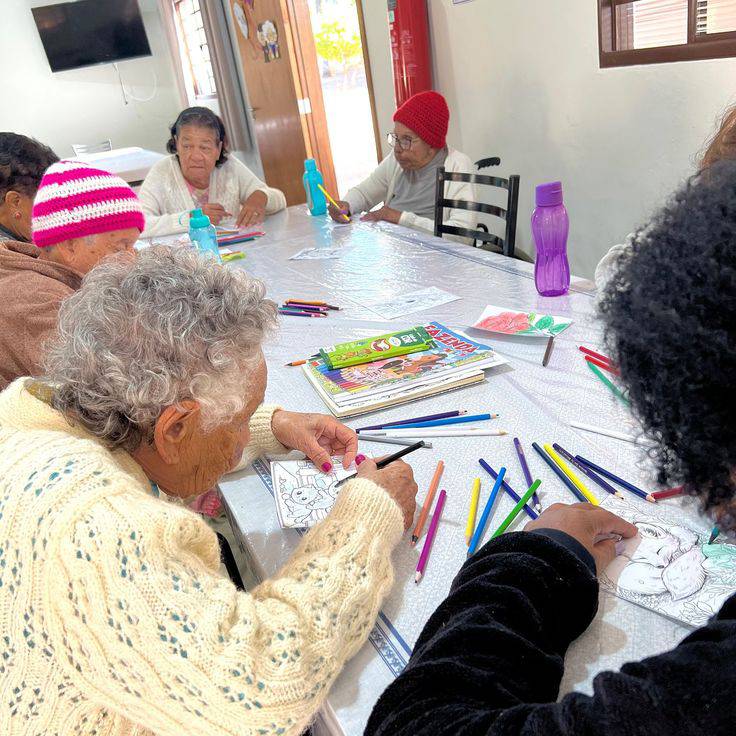
It improves brain function
Creating art keeps the brain active, which slows or stops the aging process. Activities like learning a new painting style or drawing a familiar landscape enhance the brain’s capacity to change and create new connections. Neurodegenerative illnesses, such as Alzheimer’s and dementia, may show a slowed course as a result of this.
It brings relief from stress and anxiety
There are unique stresses associated with aging, such as dealing with health issues, losing loved ones, and going through significant life changes. Relaxation and a reduction in cortisol levels (the stress hormone) are two benefits of engaging in creative activities. No prior artistic training was necessary for the stress-relieving effects of 45 minutes of creative engagement, according to 2016 research published in the Art Therapy journal.
It promotes interactions with others
When compared to smoking fifteen cigarettes daily, loneliness is a much more significant risk factor for aging prematurely. Many seniors find that taking art classes, painting in groups, or participating in online creative workshops has been a wonderful opportunity to meet new people, exchange stories, and develop lasting friendships.
Enhances motor dexterity and integration
Drawing, sculpting, and other fine motor exercises can help people with mobility difficulties, arthritis, and other conditions improve their dexterity, hand-eye coordination, and motor function. Making art, with all its repetitive motions, can also be a mild kind of exercise.
Promotes mental health
For seniors, creating art is a way to work through feelings that might be difficult to put into words. Because it provides a creative outlet and encourages a feeling of achievement, it can be very helpful for people coping with worry, sadness, or loss.
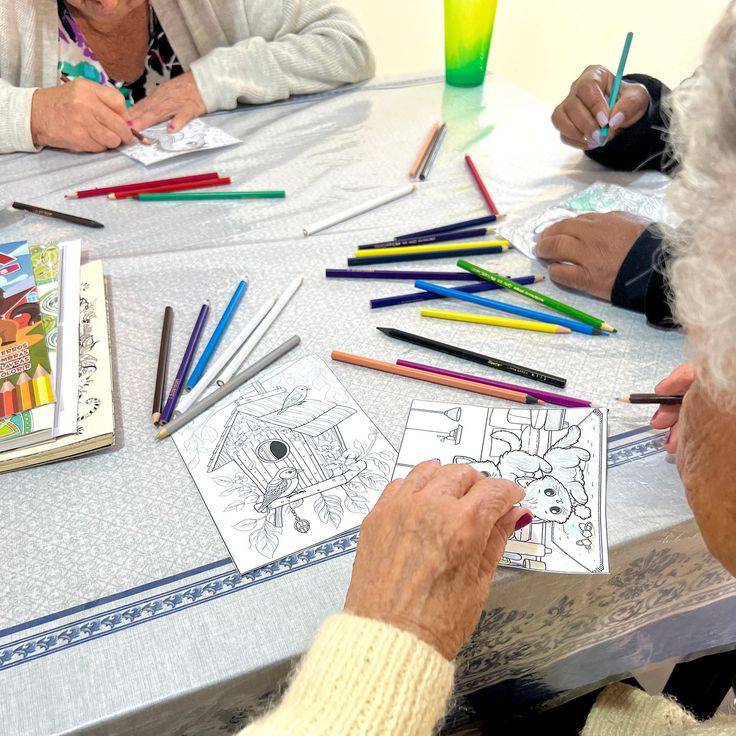
Art therapy can help everyone, regardless of artistic ability. Here are some simple ways for seniors to start expressing themselves creatively:
For those just starting out, watercolors are a great, easy-to-control medium. The paint’s fluidity frees the artist from the need to achieve perfection while allowing for free expression of creativity. One way to relieve stress is to paint, even if it’s only abstract shapes or landscapes.
Everyone can enjoy coloring! Coloring complex patterns has calming and concentrating effects, according to studies. The advantages of focused creation can be yours when you pick up a coloring book with a nature or mandala theme.
The motor skills and hand muscles are enhanced through working with clay. Sculpting, whether it’s a little pinch pot or a complex figurine, is a wonderful way to practice hand-eye coordination and unleash your imagination.
If you have trouble with sketching or painting, collage is a wonderful alternative. One way to express oneself creatively without requiring fine motor skills is to cut out pictures from magazines and put them into a visual story.
Encouraging seniors to maintain a visual journal that incorporates both written observations and drawings can improve memory recall and emotional processing. Reinforcing cognitive function can be as easy as drawing a picture of what you do every day.
There are strong psychological and intellectual advantages to combining musical activities with creative pursuits. Relax, lift your spirits, and bring back fond memories by listening to classical or sentimental music as you paint or draw. People with dementia can benefit greatly from this method because music has the power to evoke strong feelings and memories, which enhances the therapeutic benefits of being creative.
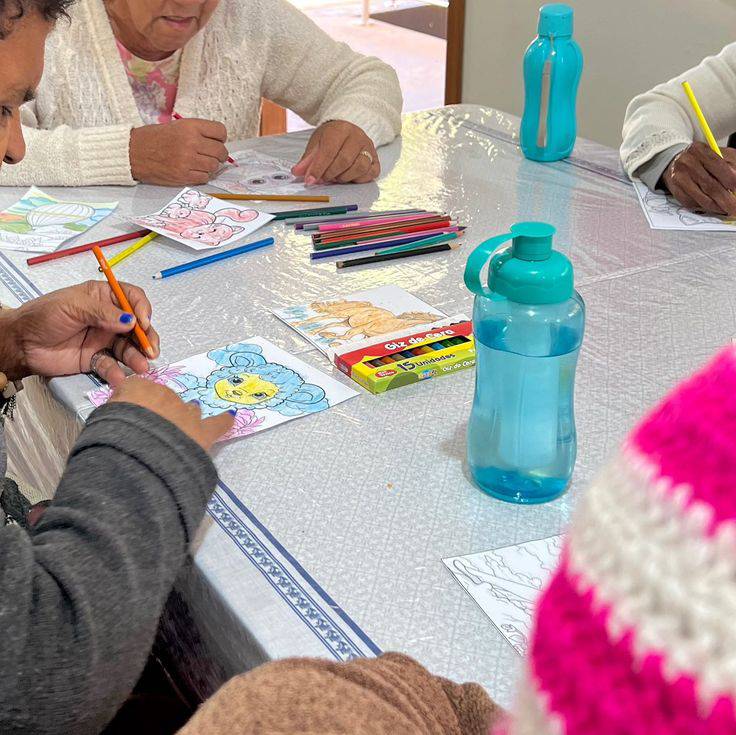
Art Therapy For Healthy Aging, Are you ready to begin? Here is an easy-to-follow tutorial:
Establish a cozy environment: Make sure you have a clean, well-lit space set aside specifically for creating art.
Collect materials: Crayons, colored pencils, or watercolors are excellent places to start. Is it necessary to spend a lot of money on art supplies? Not necessary.
Make time for regular meetings: Keep things consistent. You can achieve benefits by dedicating as little as 20 to 30 minutes a few times weekly.
Participate in a group: Discover art groups in your area or online to boost your motivation and make new friends.
Enjoy the journey, not the destination: Being yourself and participating is more important than perfection.
The key to elegant aging is not reliving your youth but rather preserving your vitality, purpose, and joy as you get older. A simple yet significant approach to promoting brain health, alleviating stress, and cultivating social ties is art therapy. Whether you’re rekindling an old interest or exploring a new artistic medium, being creative can enrich your life in numerous ways.
Now is the time to pick up those painting supplies and go on a path toward a more active and satisfying old age. Who can say for sure? Being healthier and happier might be your next great achievement!
